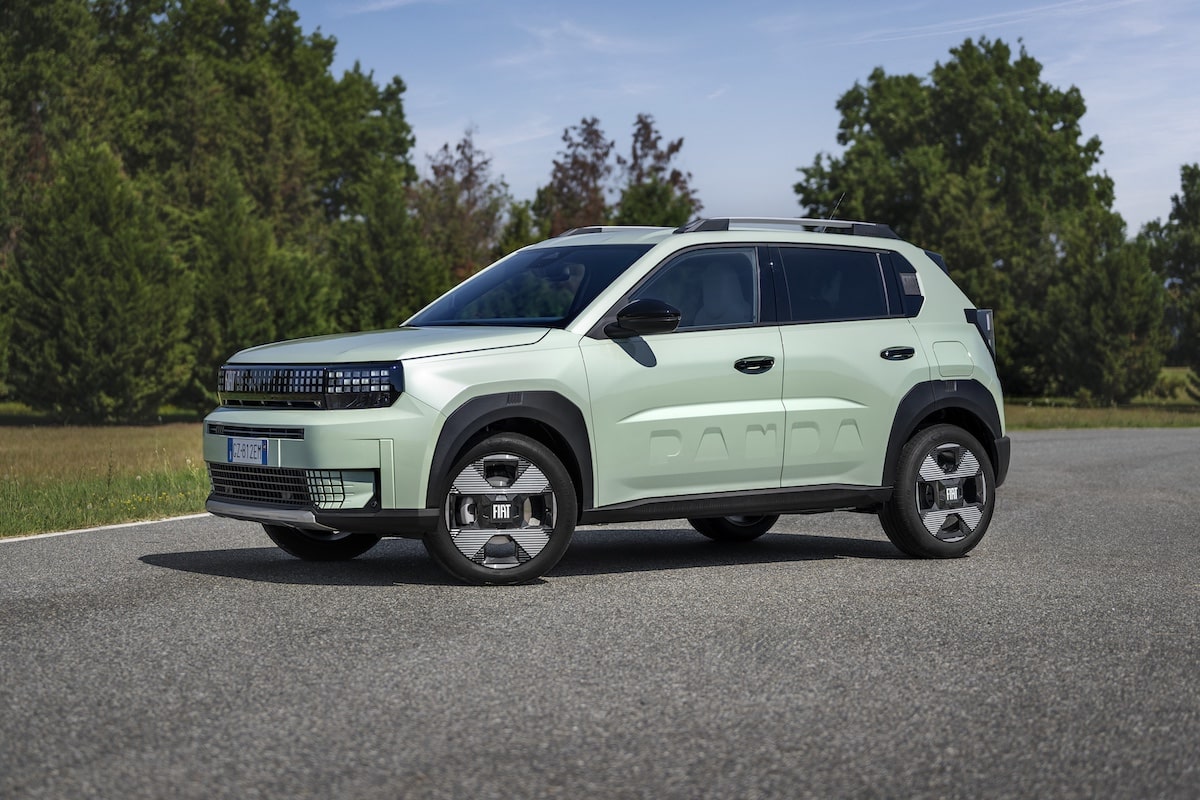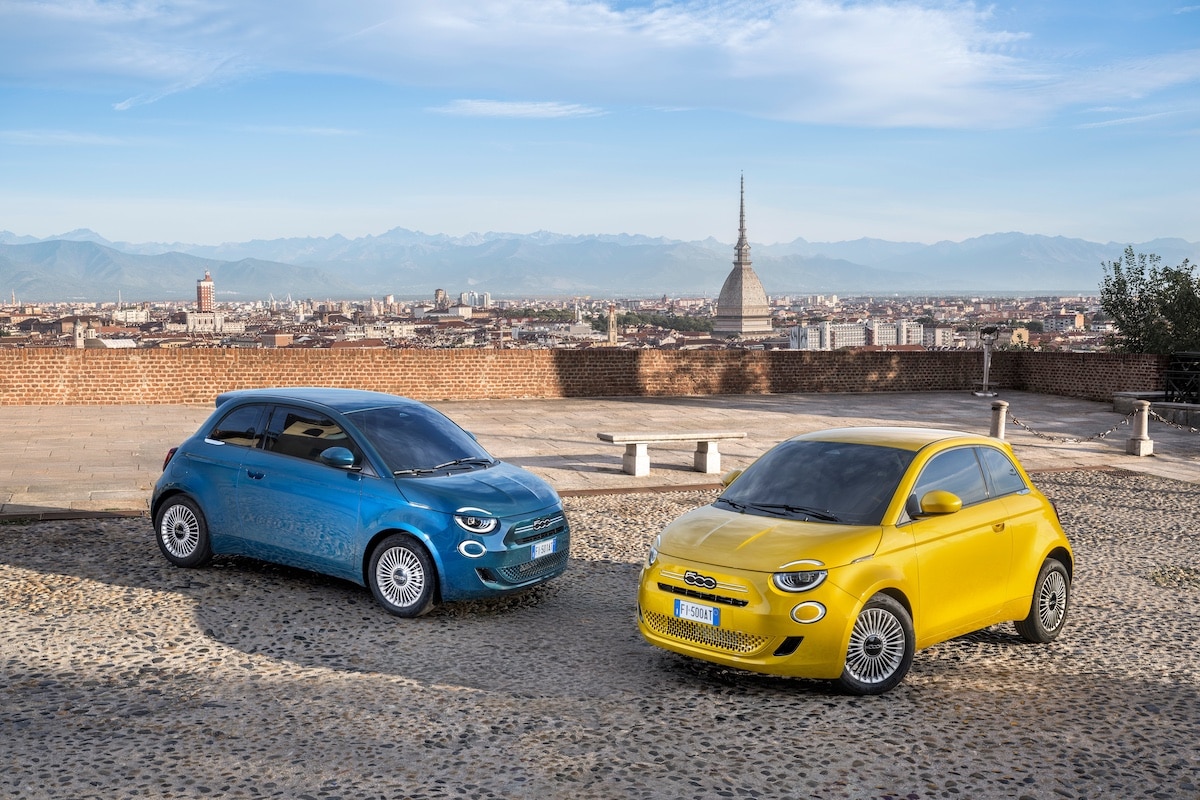modèle: Fiat Topolino
The Fiat Topolino, which literally means “little mouse” in Italian and is often associated with Mickey Mouse, is an iconic car in Italian automotive history. Here is an overview of its history:
1. **Introduction and Design:**
– The Fiat Topolino was introduced in 1936. It was designed by Dante Giacosa, a prominent engineer at Fiat.
– The car was developed to be an affordable vehicle for the masses, similar in concept to the Volkswagen Beetle in Germany.
2. **Technical Features:**
– The Topolino was small in size but innovative in its design. It was equipped with a 569 cm³ four-cylinder engine at the front, which was quite advanced for its time.
– Despite its small size, it could accommodate two adults and two children, and was considered quite reliable and economical.
3. **Popularity and Impact:**
– The Topolino became very popular in Italy and elsewhere in Europe. Its compact design and efficiency made it a highly valued car in both urban and rural areas.
– It is often seen as a symbol of Italian ingenuity in automotive design, maximizing space and performance in a small format.
4. **Models and Evolutions:**
– The Topolino was produced in several models, including versions A, B, and C, each with improvements and modifications over the previous one.
– These models saw upgrades in the engine, design, and interior comfort throughout their production.
5. **End of Production and Legacy:**
– Production of the Topolino continued until 1955. It was replaced by the Fiat 600, another iconic car from the brand.
– Today, the Fiat Topolino is a prized collector’s item and is often showcased at classic car exhibitions.
The Fiat Topolino remains an important part of automotive history, not only in Italy but worldwide, as a pioneer of small urban cars.
No articles found

